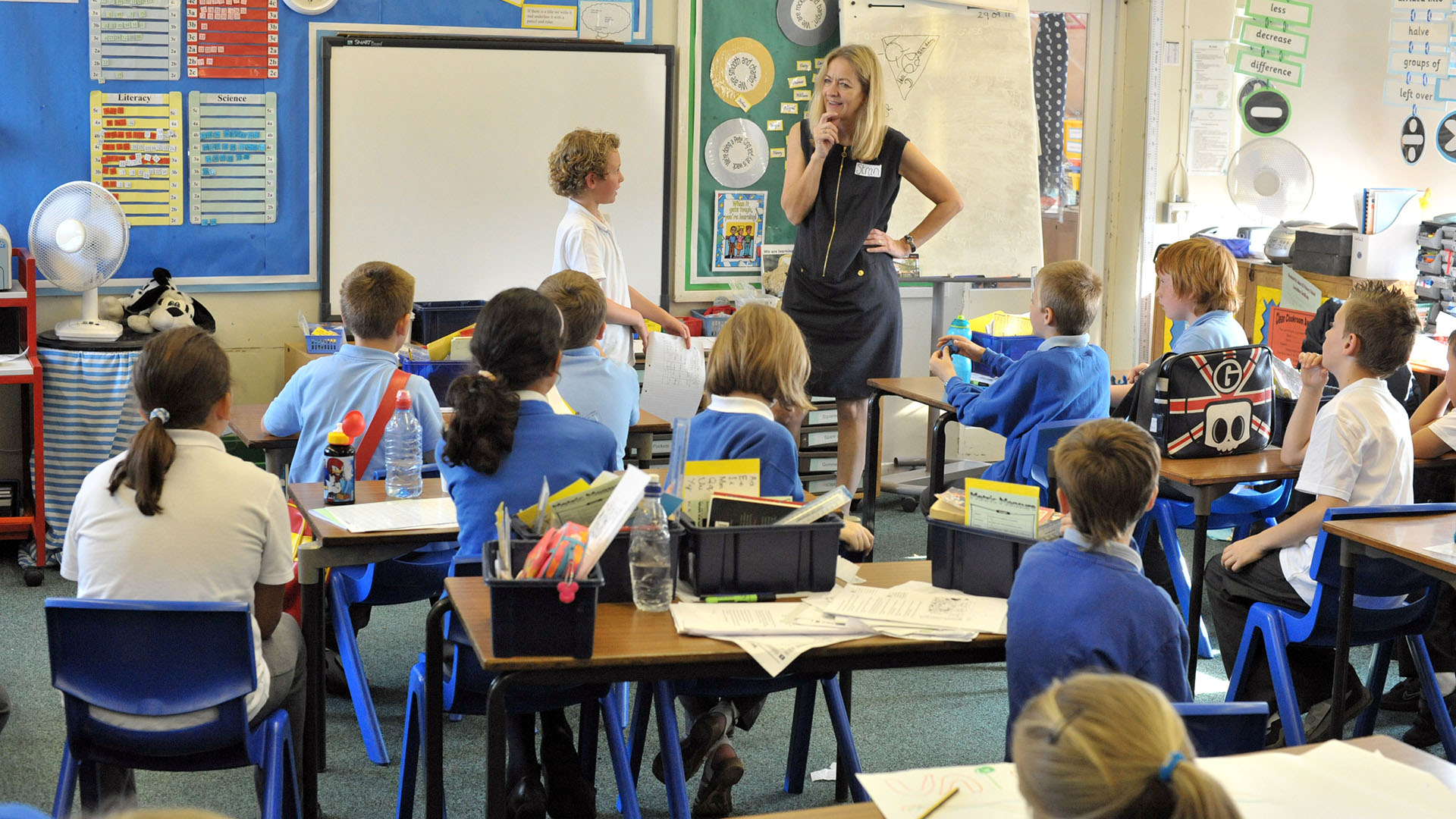I continue to analyze my lectures and notes on teaching methods. If you want to use these articles about french to english as educational material, then I suggest that you complete the task at the end of the note, it will allow you to better understand the topic.
Working in pairs and groups is one of the current trends in education.
How we group students depends on the type and purpose of the assignment, as well as the level of language, needs, personal characteristics, learning styles, relationships between students.

During one lesson, we can combine different types of work, as well as use different types of work to complete one task.
For example, we divide students into groups for brainstorming. Students discuss their ideas in a group, then share the results of the discussion with the teacher and students of other groups, choosing one speaker for this. When completing a task to develop exploratory reading skills, such as finding the necessary information in the text and entering it into a table, students first work independently, and then compare their answers in pairs.
Dividing students into groups and pairs is not an easy task, which requires many factors to be taken into account:
The purpose of training english to hindi. In order to optimally group students, it is necessary to formulate the purpose of the lesson and the purpose of each task as clearly as possible.
Learning styles. So, some students prefer to work independently, others in groups.
The level of language proficiency. Most classes and groups are mixed, that is, they consist of students who speak the language at different levels. You can combine strong students into one group and give them a difficult task, and weak students into another group and give them an easier task. You can combine students of different levels in one group, giving the opportunity for weak students to learn from strong ones, and for strong ones to demonstrate their knowledge.
Personal characteristics. In any class, there are both shy students who prefer to remain silent, and very active students who dominate any discussion. It is necessary to group students in such a way as to smooth out these differences, as well as carefully observe the work of the groups, guiding it in such a way that everyone takes an equal part in the task.
class size. If there are 20-25 students in the class, then group work is quite possible. If the class is very large, then group work is also possible, but requires very careful planning.
Previous student experience. If before they did not work in groups and pairs, then it is necessary to introduce this type of work gradually, start with short tasks, gradually increasing the time, and also explain to students the importance of this type of work.
Job type. For example, the discussion of the read text traditionally takes place in a group, and role-playing in pairs. But we can change this, depending on the objectives of the lesson and the needs of the students, and have a discussion in pairs or as a whole class, and organize a role-playing game in a group.
The need to strike a balance between different types of work. So, if the whole lesson is carried out in the mode of pair work, then it will be tiring for the students, and problems with discipline will inevitably arise. If students work individually throughout the lesson, concentration problems may arise. If the teacher works exclusively with the whole class, then some students will inevitably “drop out” of the lesson.
On a note.
Groups do not have to be the same size.
Each group can be given its own task, different from the tasks of other groups, depending on the level of students and the objectives of the lesson.
If the teacher uses information technology in his work, then work in pairs and groups can also be used to do homework. For example, students can co-write a story or prepare a presentation using Skype, email, or chat.
Exercise. Try grouping students in your class in different ways:
in pairs
in mini-groups (3-4 people),
in large groups (6-10 people),
group students of the same level,
bring together students of different levels in a group,
ask all groups to do the same tasks,
Give each group a task based on the needs of the students.
Record and analyze the results. What type of work did you find most productive? How do you, as a teacher, feel comfortable working? What did your students like and dislike about group and pair work?




